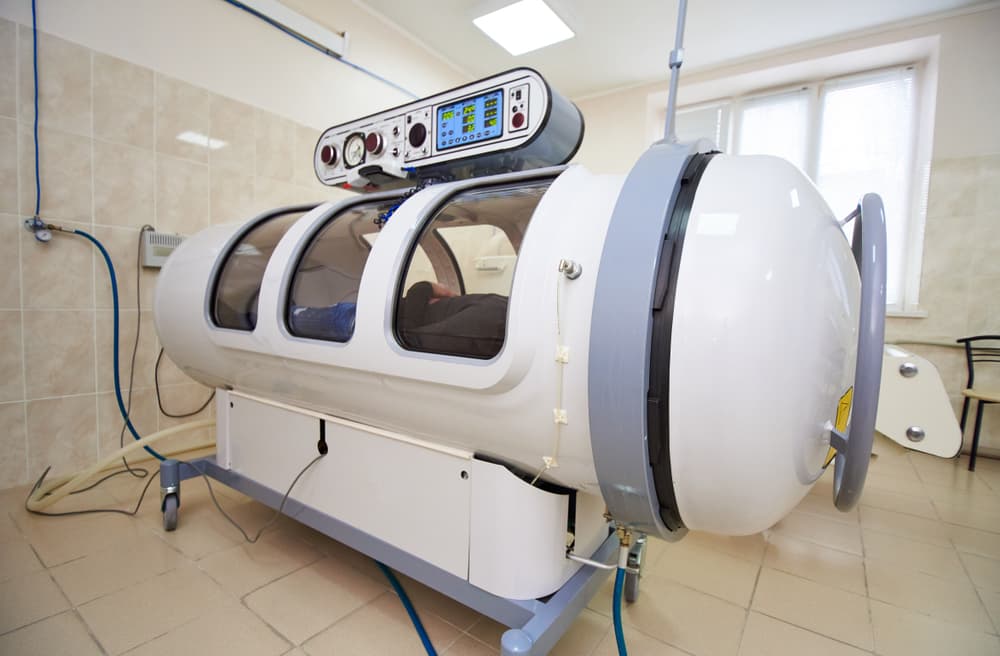Hyperbaric Oxygen Therapy (HBOT) is a medical treatment that involves breathing pure oxygen in a pressurized chamber. This process increases the amount of oxygen your blood can carry, promoting healing and fighting infection. HBOT is used for a variety of conditions, from treating decompression sickness in divers to accelerating the healing of complex wounds and infections that are not responsive to standard treatments.
The Science Behind HBOT
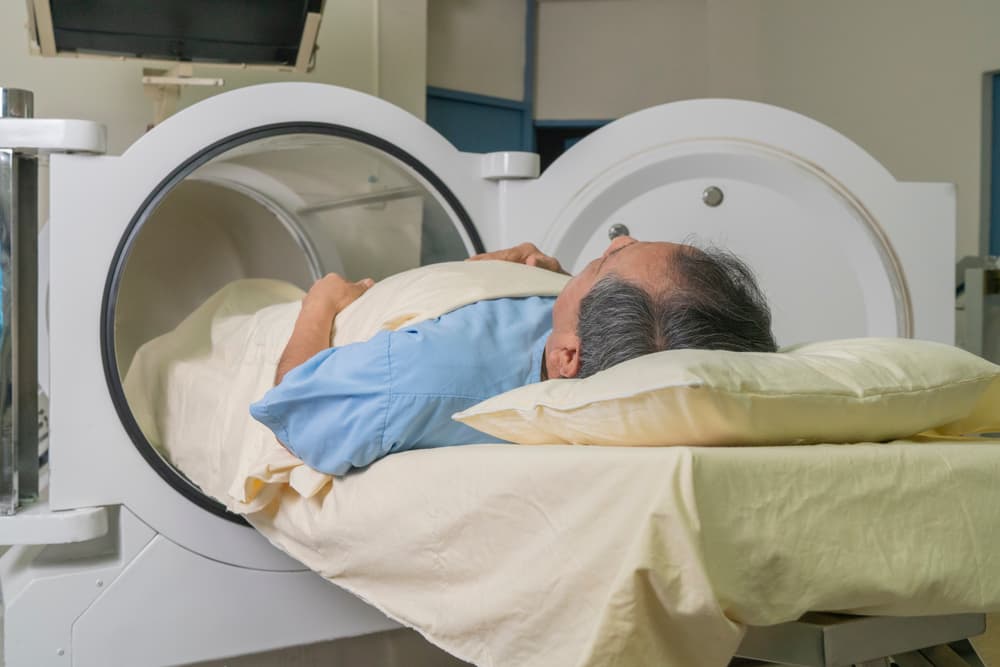
At the heart of HBOT’s efficacy is the basic principle of physics known as Henry’s Law, which states that the amount of gas dissolved in a liquid is proportional to the pressure of the gas above the liquid. When the body is exposed to increased pressure in a hyperbaric chamber, more oxygen can be dissolved into the bloodstream. This oxygen-rich blood then circulates throughout the body, reaching areas that might be receiving poor oxygen supply due to injury or illness, thereby aiding in the healing process. This fundamental concept underpins the therapeutic approach of hyperbaric oxygen therapy in Los Angeles and other cities, where patients seek treatment for a variety of conditions. By enhancing oxygen availability to damaged tissues, HBOT can accelerate recovery and improve health outcomes.”
Setting the Stage for Optimization
Optimizing your HBOT schedule is crucial for maximizing the therapy’s benefits while minimizing potential risks and side effects. The frequency and duration of HBOT sessions can significantly impact its effectiveness for different conditions. However, there is no one-size-fits-all approach to scheduling HBOT treatments. Various factors, including the specific medical condition being treated, the patient’s overall health, and how the patient responds to therapy, influence the optimal schedule.
Frequency Considerations
The frequency of HBOT sessions is a critical factor in the therapy’s success. Typically, treatments are administered once a day, five days a week, but this can vary based on the condition being treated and the patient’s response to therapy.
For chronic conditions, such as diabetic foot ulcers or late radiation tissue injury, a longer-term treatment plan may be required, with sessions extending over several weeks or even months. In contrast, acute conditions like carbon monoxide poisoning or decompression sickness may require more intensive treatment over a shorter period.
Tailoring Treatment to the Condition
The nature of the medical condition being treated plays a significant role in determining the frequency of HBOT sessions. Conditions that involve non-healing wounds, such as diabetic foot ulcers, often require a prolonged treatment schedule to promote adequate healing. On the other hand, acute conditions may necessitate a more condensed treatment schedule to rapidly alleviate symptoms.
Individual Response and Adaptation
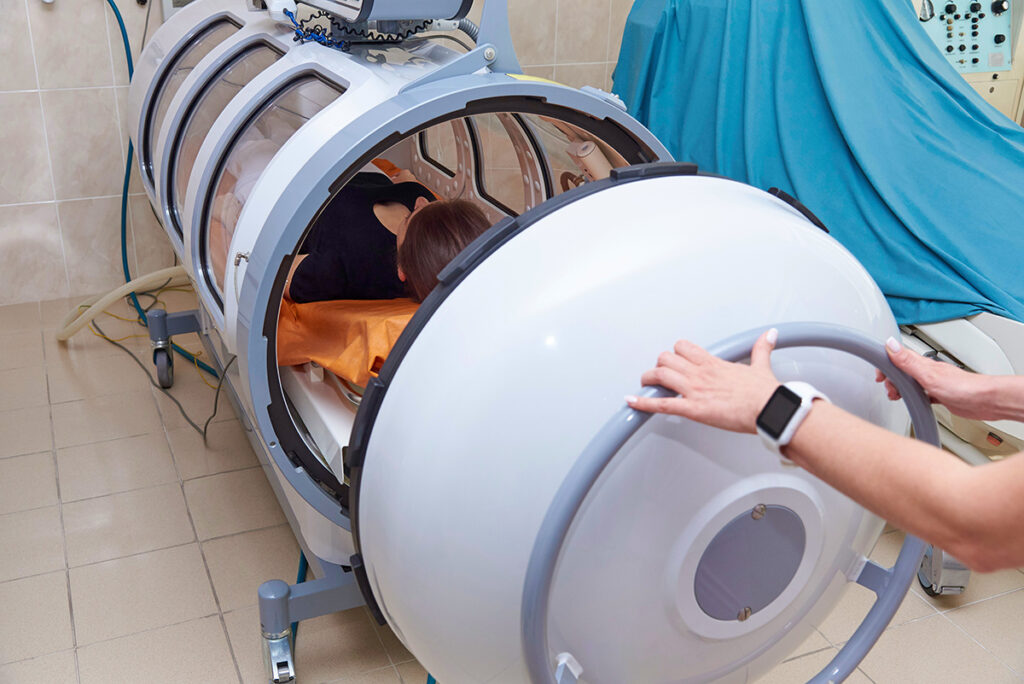
Every patient responds differently to HBOT. Some may experience significant improvements early in the treatment course, while others may require more sessions to see noticeable benefits. Monitoring a patient’s progress and adjusting the treatment schedule accordingly is vital for optimizing therapy outcomes.
Safety and Side Effects
While HBOT is generally safe, it’s not without risks. Potential side effects include ear pain, sinus pain, and, in rare cases, oxygen toxicity. The frequency of sessions must be carefully managed to mitigate these risks, ensuring that patients have adequate time to recover between treatments if needed.
Collaboration with Healthcare Providers
An interdisciplinary approach involving various healthcare providers, including wound care specialists, physiotherapists, and hyperbaric medicine experts, is essential for developing an optimal HBOT schedule. These professionals can provide valuable insights into the patient’s progress and how the treatment plan should be adjusted over time.
Monitoring and Adjusting the Schedule
Continuous monitoring of the patient’s response to HBOT is crucial. Healthcare providers should regularly evaluate healing progress, symptom relief, and any side effects experienced by the patient. Based on these assessments, the treatment schedule may be adjusted to optimize the therapy’s effectiveness and safety.
The Role of Research and Guidelines
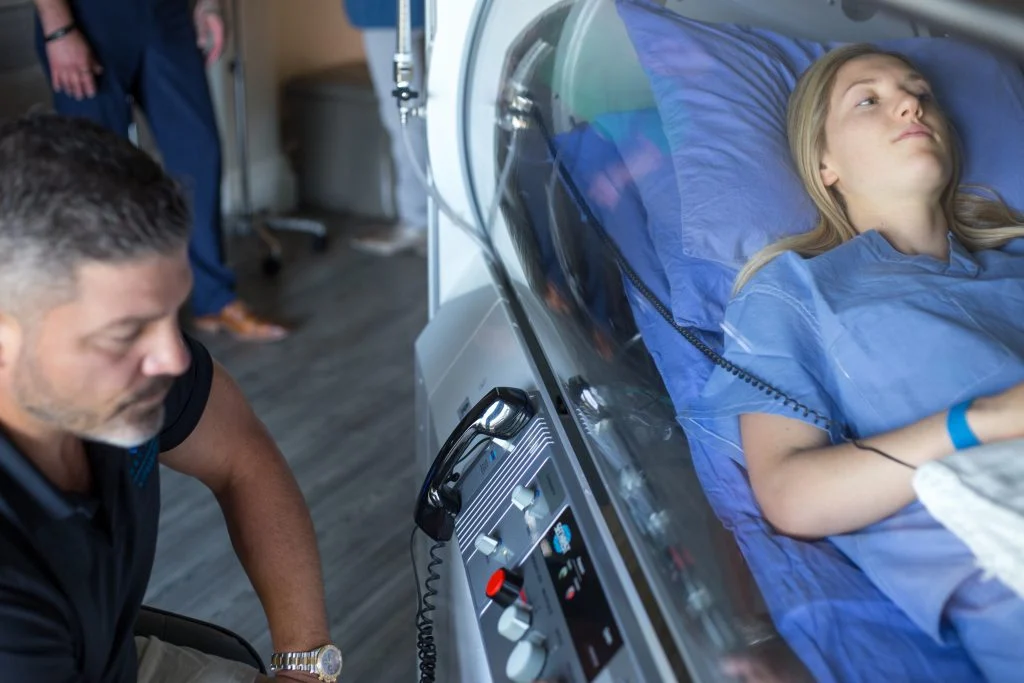
Current research and clinical guidelines play a pivotal role in shaping HBOT schedules. Staying informed about the latest findings and recommendations can help healthcare providers make evidence-based decisions regarding the frequency and duration of HBOT sessions.
Patient Education and Involvement
Educating patients about the HBOT process, the rationale behind their treatment schedule, and the importance of adhering to the prescribed frequency is crucial. Engaged and informed patients are more likely to comply with their treatment plans, contributing to better outcomes.
Addressing Practical Considerations
Practical aspects, such as the availability of hyperbaric facilities and the patient’s ability to attend frequent sessions, also influence the optimization of HBOT schedules. Healthcare providers and patients must work together to find a balance between the ideal treatment plan and what is feasible in practice.
Embracing Technological Advancements
Technological advancements in hyperbaric medicine are continually reshaping the landscape of HBOT treatment schedules. Innovations in chamber design, oxygen delivery systems, and non-invasive monitoring tools are enhancing the safety, comfort, and efficacy of treatments. These advancements allow for more precise control over the therapy environment, enabling tailored treatment schedules that can more effectively meet individual patient needs.
Holistic Approaches to Treatment
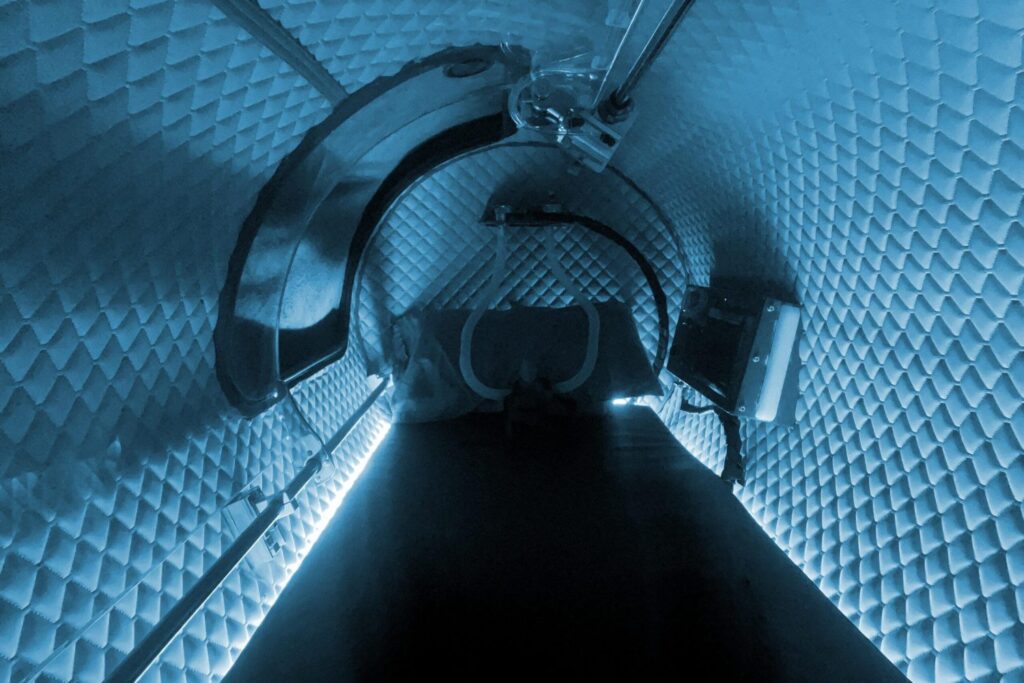
Incorporating holistic approaches alongside HBOT can further optimize treatment outcomes. Nutrition, physical therapy, and psychological support can play critical roles in a patient’s recovery process. A well-rounded treatment plan that includes these elements, in addition to a carefully optimized HBOT schedule, can promote faster healing, improve overall well-being, and enhance the patient’s quality of life during and after treatment.
The Future of HBOT Scheduling
Advancements in hyperbaric medicine and technology may lead to more personalized and flexible HBOT schedules. Ongoing research and the development of innovative treatment protocols hold promise for further optimizing the frequency and effectiveness of HBOT in various medical conditions.
Closing Thoughts
Optimizing your HBOT schedule involves a multifaceted approach that takes into account the condition being treated, individual patient responses, safety considerations, and practical aspects of treatment delivery. The process is further enhanced by embracing technological advancements in hyperbaric medicine and incorporating holistic approaches to patient care. A collaborative effort among an interdisciplinary team of healthcare providers, continuous monitoring and adjustment of the treatment plan, and the integration of innovative and supportive therapies are essential for maximizing the therapeutic benefits of HBOT.

